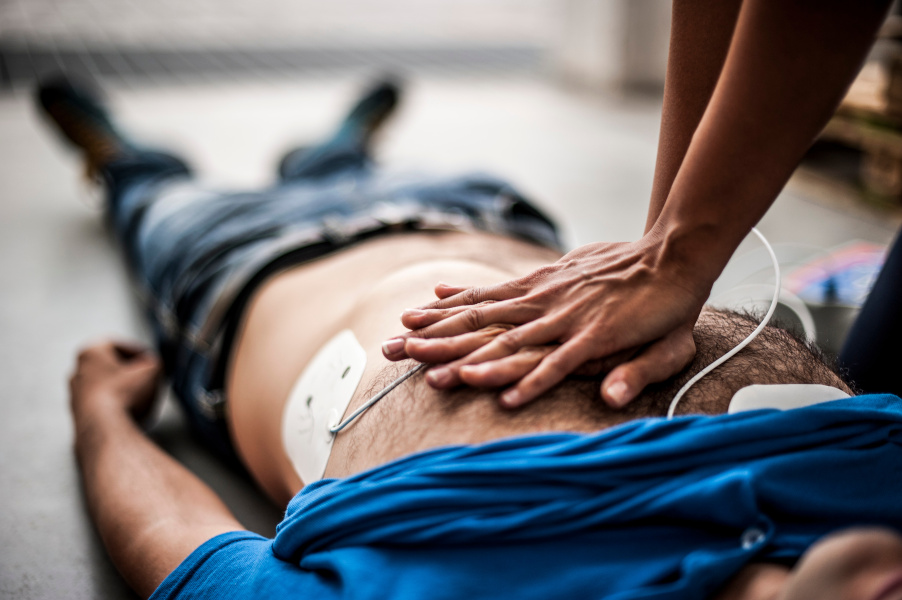
Recognizing and acting on a heart attack
An Essential Guide to Identifying and Managing a Cardiac Emergency
Heart Attack Symptoms: Warning Signs
Myocardial infarction, commonly known as a heart attack, is a serious medical condition that occurs when blood flow to the heart is suddenly blocked. Symptoms can vary significantly among individuals, but there are some common warning signs to recognize. The most well-known symptom is intense and oppressive chest pain, often described as a feeling of pressure. This pain may radiate to the left arm, jaw, neck, back, or stomach. Other symptoms include shortness of breath, excessive and cold sweating, nausea, dizziness, and a sense of anxiety akin to panic. It’s important to note that heart attack symptoms can vary greatly, especially between men and women, with the latter often experiencing less typical symptoms like unusual fatigue, indigestion, and a general feeling of unwellness.
First Aid for a Heart Attack
In the case of suspected heart attack, it is crucial to act swiftly. The first action to take is to immediately call emergency services, providing a clear description of the symptoms and the location. While awaiting medical assistance, it’s important for the affected person to remain as calm as possible and sit in a position halfway between sitting and lying down, with the upper body elevated and supported. If the person is conscious and not allergic or contraindicated, administering aspirin may be helpful, as it helps prevent blood clotting. This should be coordinated with the emergency medical dispatcher over the phone, and if administered, it should be communicated to the medical personnel upon their arrival. It is crucial not to leave the person alone and to monitor them constantly while waiting for the arrival of help.
Cardiopulmonary Resuscitation (CPR) and AED Use
While waiting for emergency responders, it may be necessary to perform cardiopulmonary resuscitation (CPR) if the affected person is unconscious and not breathing normally. CPR involves applying a series of strong and rapid chest compressions at the center of the chest, at a rate of about 100-120 compressions per minute. If available, the use of an automated external defibrillator (AED) can significantly increase the chances of survival. Once turned on, the AED provides verbal instructions for use. Apply the adhesive pads as instructed and follow the AED’s prompts; if necessary, the device will deliver an electric shock to restore a normal heart rhythm.
What to Do If You’re Alone During a Heart Attack
If you suspect a heart attack while you are alone, it is crucial to immediately call emergency services. If possible, unlock the door to facilitate access for responders. After calling for help, try to remain as calm as possible and sit or lie down in a comfortable position. It’s important not to exert physical effort. If you have aspirin available and there are no contraindications, chewing it slowly can help reduce blood clot formation.
Preventing Heart Attacks: Lifestyle and Checks
Prevention plays a key role in reducing the risk of a heart attack. Adopting a healthy lifestyle is crucial, including maintaining a balanced diet, not smoking, limiting alcohol consumption, engaging in regular physical activity, and effectively managing stress. It’s also important to keep risk factors like high blood pressure, high cholesterol, diabetes, and obesity under control. Regular medical check-ups and careful management of these conditions can significantly reduce the risk of developing cardiovascular diseases.
Education and the Importance of Health Literacy
Public education and first aid training are essential for improving the response to cardiac emergencies. Cardiopulmonary resuscitation (CPR) and automated external defibrillator (AED) training courses can save lives. Informing the population about heart attack symptoms and how to respond in case of an emergency increases the likelihood of survival and reduces the risk of permanent heart damage.
Sources


